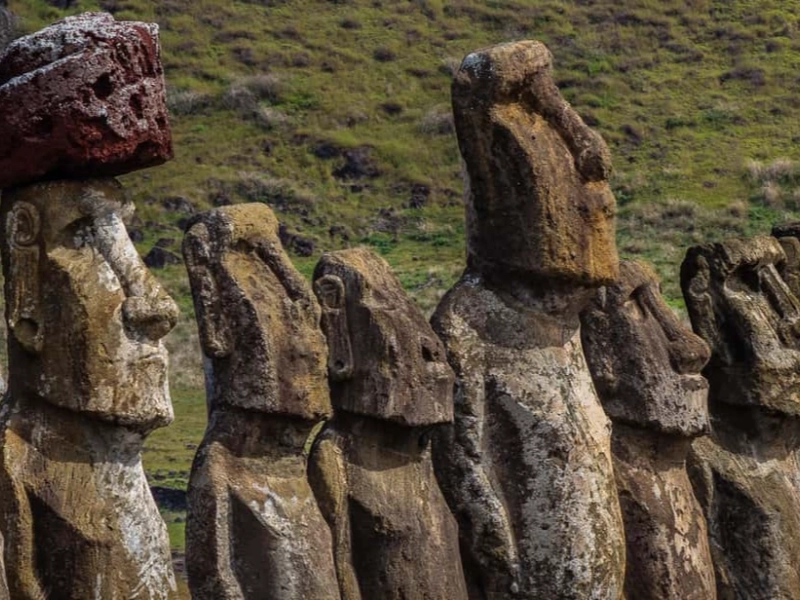Easter Island: The Civilization Mystery Behind the Giant Statues
Advertisement
6. The Moai and Their Cultural Significance

Advertisement
For the Rapa Nui people, the moai of Easter Island represent not just creative excellence but also strong spiritual beliefs and social ideals, therefore reflecting great cultural significance. These enormous monuments capture the core of ancestral respect and the identity of the island's people, not only as stone constructions.
The moai was mostly meant to respect and remember significant ancestors. The Rapa Nui thought their ancestors had great impact on the living. Building and erecting the moai allowed the society to keep a link with their ancestors, therefore guaranteeing their direction and protection. Core to the Rapa Nui belief system, this ancestor worship habit reinforced the value of bloodline and history.
The moai also represented strength and social level. A moai's size and complexity sometimes mirrored the life situation of the person it honoured. Larger and more ornate sculptures honouring chiefs and notable personalities marked their impact in the society. The moai thus were marks of social order as well as religious emblems.
Furthermore, the building of the moai was quite important for promoting harmony in the society. The group was drawn together by the cooperative effort needed to carve, move, and build the sculptures, hence strengthening social ties and shared identity. Often coupled with ceremonies and festivities, new moai's dedication strengthened community relationships even further.
Furthermore reflecting the Rapa Nui people's inventiveness and tenacity are the moai. The artistic talent required in creating these sculptures highlights their cultural identity and ability. The distinctive characteristics and gestures of every moai demonstrate the value of personal relationships inside Rapa Nui culture by reflecting the uniqueness of the ancestors they depict.
All told, the moai of Easter Island have great cultural value for the Rapa Nui people. They stand for creative accomplishment, social standing, communal cohesiveness, and ancestral respect. Knowing the underlying significance behind these sculptures helps us to value Rapa Nui culture and tradition more fully.
You May Like
Advertisement

